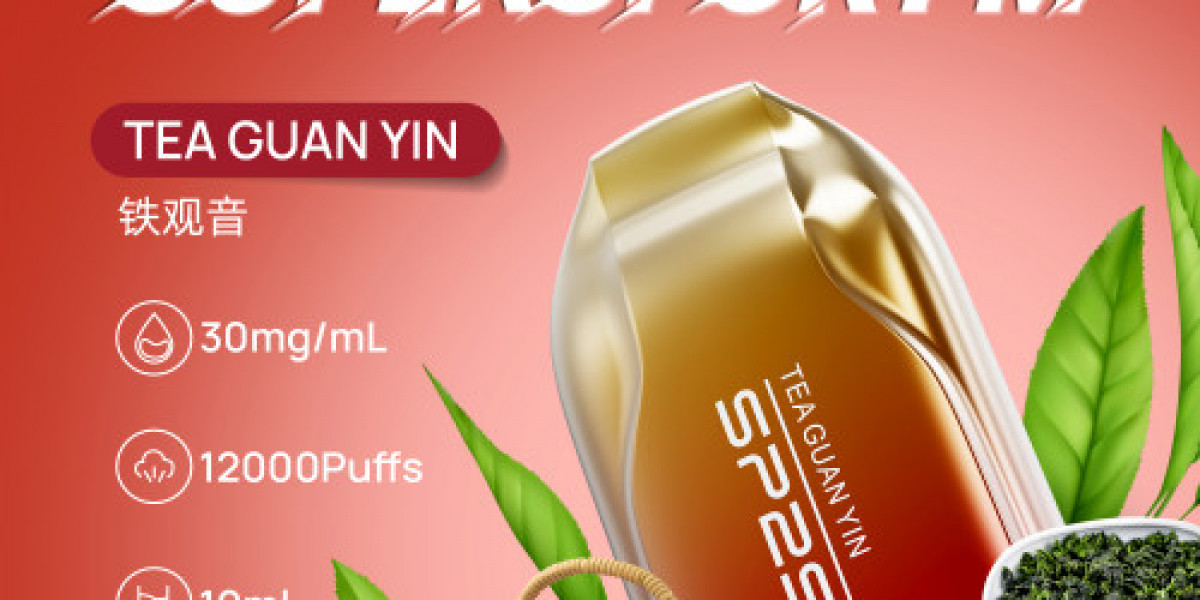Hair extensions have become an essential part of modern beauty, helping women achieve fuller, longer, and more glamorous hairstyles instantly. However, choosing the right extension method is just as important as selecting high-quality hair. With several installation techniques available today, micro-links and tape-ins remain two of the most popular and widely recommended options. One of the biggest questions clients ask before investing is which method lasts longer and performs better in real, everyday use. If you want maximum value, fewer salon visits, and long-lasting beauty, understanding the longevity differences between the two methods is crucial.
If you are looking to buy hair products like extension, wigs etc.. try - https://rawhumanhairs.com/
Why Longevity Matters When Choosing Extensions
Longevity matters because hair extensions are both a beauty commitment and a financial investment. When an installation lasts longer, you enjoy beautiful, seamless hair without having to constantly visit the salon for maintenance. This also reduces product usage, limits hair manipulation, and helps keep your natural hair healthier. For someone with a busy lifestyle, extensions that last longer allow more time to focus on daily activities instead of scheduling constant refits. Whether you love wearing hair down, styling it frequently, or maintaining a low-maintenance routine, choosing a method that offers durability and consistent freshness helps make your investment worthwhile.
Understanding Micro-Link Extensions
Micro-link extensions, also known as micro-beads or micro-rings, are installed by attaching small wefts or individual strands of hair to your natural hair using tiny silicone-lined metal beads. No adhesive, heat, or chemicals are used, which makes this method gentle on natural hair when installed correctly. Micro-links are known for providing a secure attachment because each bead grips a small section of natural hair and holds the extension firmly in place. This results in minimal slippage and strong longevity even for clients who style their hair frequently or lead active lifestyles. With proper installation and care, micro-links offer a natural appearance that blends seamlessly with real hair.
How Long Micro-Links Last
Micro-links generally last between two to four months on the head before needing maintenance, depending on natural hair growth and how well the extensions are cared for. As the hair grows, the beads move farther away from the scalp, requiring tightening appointments every six to ten weeks to reposition them. When maintained properly, the extension hair itself can last six to twelve months, especially when using premium human hair. Many clients appreciate micro-links because they can continue wearing the same set for multiple refits, making them cost-effective over time while still providing long-lasting beauty and volume.
Understanding Tape-In Extensions
Tape-in extensions are applied using thin adhesive strips that sandwich natural hair between two extension panels. This technique is lightweight, gentle, and extremely flat, making tape-ins ideal for clients with fine or thin hair. Tape-ins are popular because of their natural appearance, soft feel, and quick installation process, often completed in under an hour. They lie close to the scalp, making them nearly undetectable when parted or styled, which is one reason stylists frequently recommend them for special events, photoshoots, or clients who want extensions that blend easily without noticeable transitions.
How Long Tape-Ins Last
Tape-ins usually last six to eight weeks before needing to be removed and reapplied. The adhesive tabs begin to move down the hair shaft as the natural hair grows, and they can become more visible over time. Additionally, products such as oils, conditioners, and heat styling tools can weaken the adhesive, causing earlier slipping if not properly maintained. With professional removal and reinstallation, the extension hair can last three to nine months depending on quality and aftercare. Although tape-ins require more maintenance appointments than micro-links, their speed of application and natural finish make them a favorite choice for many clients.
Which Method Lasts Longer?
When comparing the lifespan of the two extension methods, micro-links tend to last longer overall. Because micro-links do not rely on adhesive, they are less affected by hair oils, styling products, humidity, and heat. Their mechanical bead system ensures a secure grip on the hair, reducing slippage over time. Tape-ins, by comparison, require more frequent repositioning since the adhesive loses strength and becomes visible as the hair grows. While both provide beautiful results, clients who want fewer maintenance visits and longer-lasting wear typically find micro-links to be the better long-term choice.
How Each Performs in Real-Life Situations
Real-life use plays a major role in choosing an extension method. Micro-links perform exceptionally well for clients who exercise frequently, travel often, or regularly use heat styling tools. Sweat, humidity, and movement do not weaken the beads, allowing the extensions to stay secure between appointments. Tape-ins, however, require careful product selection because oils, conditioners, and certain styling sprays can loosen the adhesive more quickly. Someone who enjoys swimming, hot yoga, or daily styling might notice faster shifting with tape-ins, whereas micro-links hold up more reliably in active environments. For casual or professional wear without heavy activity, tape-ins still deliver excellent results.
Looking to buy premium extensions or wigs?
Comfort and Daily Wear Experience
Comfort is another major factor when choosing extensions. Micro-links feel secure and well-distributed, though some clients may notice mild tightness during the first day or two until their scalp adjusts. Tape-ins, on the other hand, lie flatter and often feel more lightweight than beads, which makes them especially comfortable for delicate or fine hair. Many clients say tape-ins are nearly imperceptible once applied. The choice comes down to preference: those who want maximum hold prefer micro-links, while clients who prioritize invisible and weightless wear often choose tape-ins.
Maintenance Over Time
Maintenance frequency and process differ significantly between the two methods. Micro-links require tightening appointments every six to ten weeks as the beads grow away from the scalp. During maintenance, the beads are opened, the extension is moved back up, and the bead is secured again without replacing the hair. Tape-ins, however, must be fully removed every five to eight weeks. The old adhesive is cleaned, new tape strips are applied, and the extensions are installed again near the scalp. While tape-in maintenance is faster, it must be done more frequently. Micro-links require a longer appointment but less frequent salon visits throughout the year.
Cost Differences Over Time
Tape-in extensions may appear more affordable at first, but they often require more appointments in a twelve-month period. A tape-in client may need seven to ten salon visits each year, depending on hair growth and product use. A micro-link client typically needs only four to five. Even if the cost of a maintenance session is the same, the reduced number of appointments with micro-links often results in lower spending over time. Many clients who want premium extensions with better long-term value prefer micro-links for their extended wear and reduced maintenance schedule.
Which Looks More Natural?
Both methods can look extremely natural when installed with high-quality hair and professional technique. Micro-links blend smoothly with medium to thick hair and provide excellent movement and fullness without obvious attachment points. Tape-ins lie flatter to the scalp, often achieving the most seamless and undetectable look, which is why they are recommended for clients with fine hair or those who want a flawless finish for photos or events. The natural appearance of each method depends on the client’s hair density and styling preferences rather than the method itself.
Hair Health and Safety Considerations
When installed properly, both extension methods are safe for long-term wear. Micro-links are glue-free and reusable, and the lack of adhesive reduces the chance of buildup or residue on natural hair. However, if installed too tightly or on hair that is too weak, the added tension can cause strain. Tape-ins are gentle and distribute weight evenly, making them suitable for softer hair types. The main caution is during removal, which must be done professionally to avoid pulling or shedding. With a trained stylist and proper aftercare, both micro-links and tape-ins maintain hair health beautifully.
Who Should Choose Micro-Links
Micro-links are ideal for clients who want maximum durability, fewer salon visits, and a method that performs well during active or high-heat lifestyles. They suit people who exercise regularly, travel often, or enjoy styling their hair daily. Clients who want low-maintenance routines with long-lasting results often find micro-links to be the best investment. Because they can be reused for multiple cycles, they also provide exceptional value over time while maintaining a natural look.
Searching for the best hair extensions and wigs?
Who Should Choose Tape-Ins
Tape-ins are perfect for clients who want a lightweight, ultra-flat installation that lies naturally against the scalp. They blend smoothly, especially with fine or delicate hair, and offer a result that is virtually undetectable during everyday wear. Tape-ins are ideal for brides, professionals, or clients who want salon-perfect hair without waiting through a long installation process. Although they require more frequent maintenance, their comfort and natural effect make them a favorite for clients who prioritize appearance and softness.








